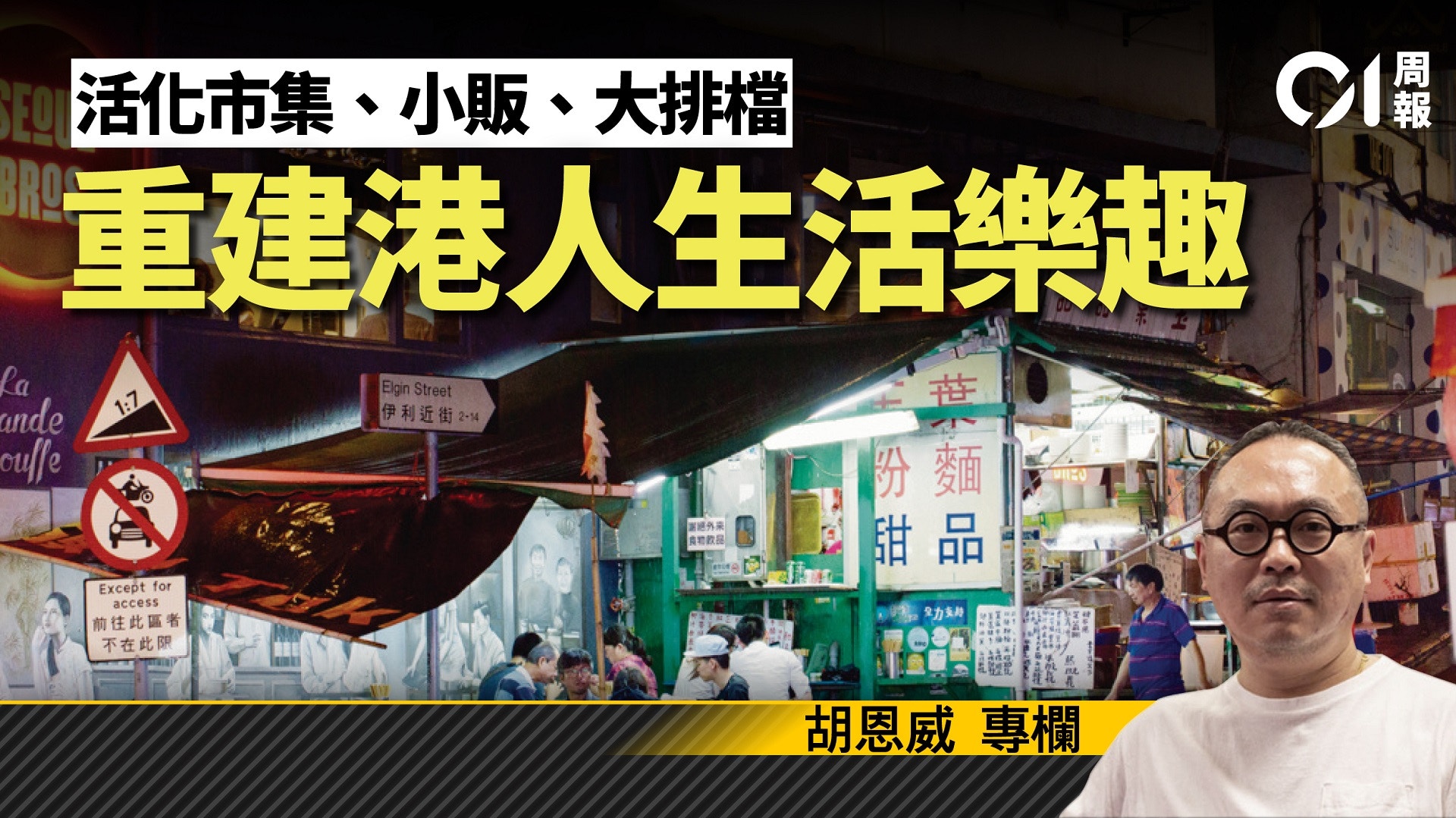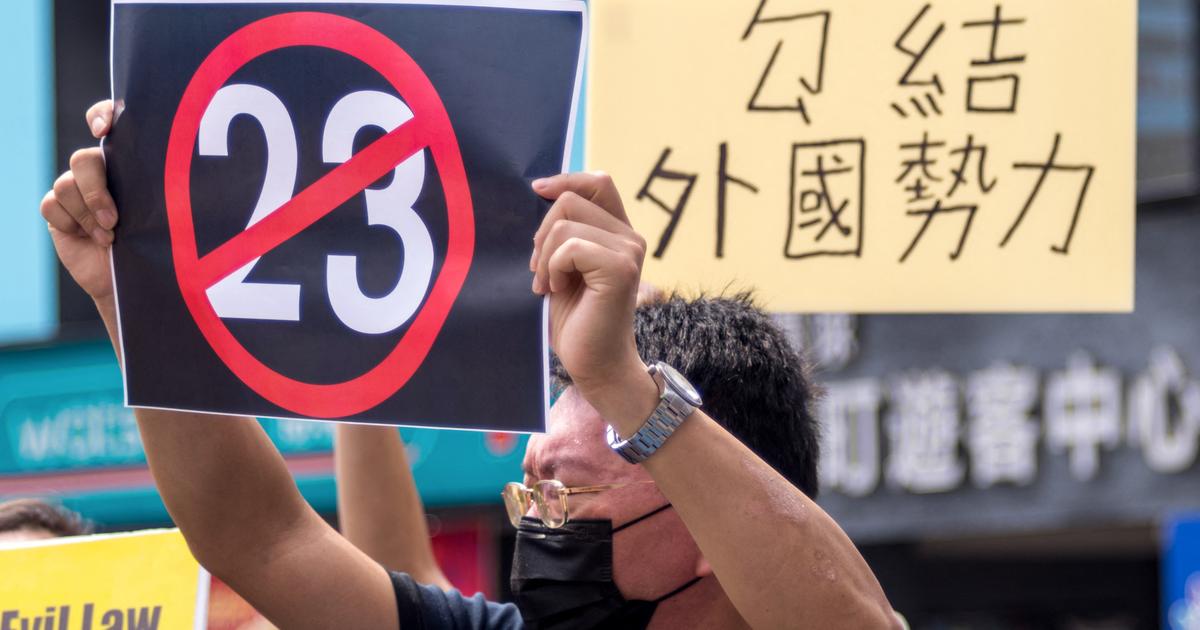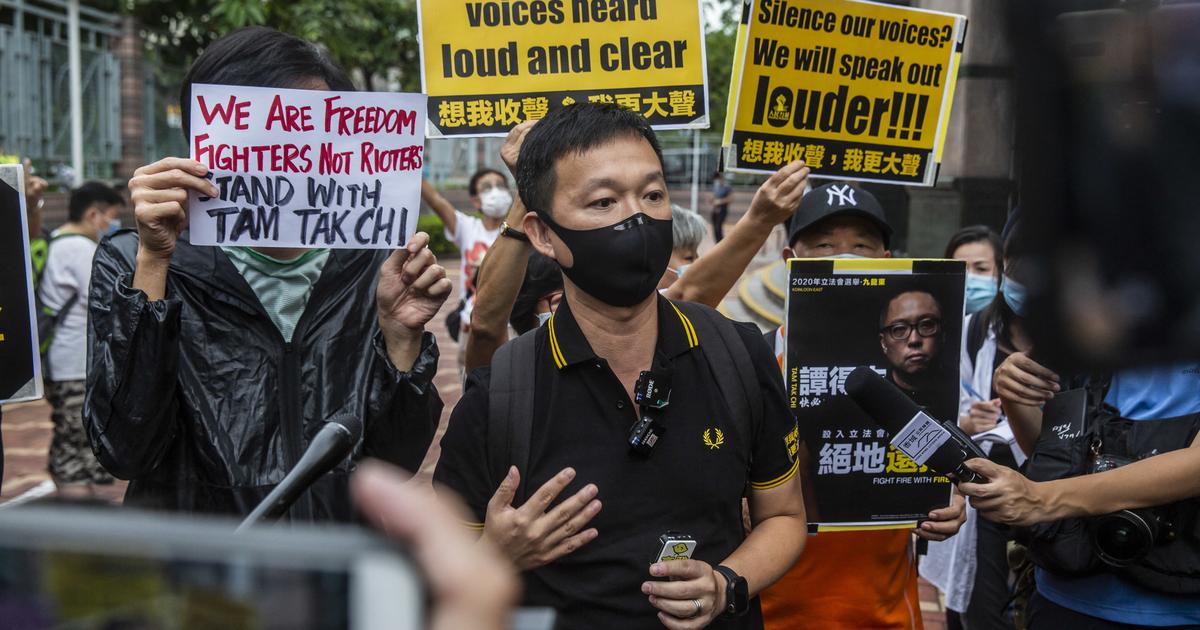In 1995, the Hong Kong government gradually tightened the living space of bazaars, hawkers and food stalls through the two municipal councils. Without licensing or planning, these bazaars full of Hong Kong characteristics gradually disappeared in Hong Kong.
Post-epidemic reconstruction requires the reactivation of markets, hawkers, and food stalls. To rebuild the joy of life for Hong Kong people, we must start with the catering industry. The most important thing is to provide Hong Kong people with cheap and high-quality food.
Written by: Hu Enwei
In the past 20 years, the most depleted part of the catering industry is the service for the lower class. A large number of cheap and high-quality food stalls and street vendors have "disappeared". Low-income people mainly patronize some large chain restaurants.
One part of the revitalization of the catering industry is to follow the example of Asian cities such as Taiwan, Singapore, and Thailand, and rebuild an effective licensing system for market stalls and hawkers.
The government could try different types of pilot schemes.
Taking the Central and Western District as an example, the seafood street in Sheung Wan is actually like the Nishiki Market in Kyoto, Japan. The block can start from Chinese restaurants and learn from Singapore how to build some ventilated and environmentally friendly cooked food markets, instead of the current closed design and no ventilation. Deli market.
Along the waterfront in the Central and Western District, such as the food wholesale market under the Agriculture and Fisheries Department and the seaside, a series of civilian-style food markets can be built, just like the old Da Dadi.
Hong Kong's night market used to be very prosperous, and it is a folk tradition that is close to the people.
The area from Zhongshan Park in the Central and Western District to the waterfront of Kennedy Town is all government land. As long as the next government has the courage to make policy plans, it can become a theme with green living as the main body, combined with Chinese-style diverse food culture. style market.
The existence of hawkers and food stalls is an urban characteristic of Hong Kong.
(Photo by Chen Jiayuan)
The government should study the characteristics of each of the 18 districts. For example, how to optimize Sai Kung District, where there are many seafood restaurants, how to drive more economic benefits and improve the quality of life through night markets?
Sham Shui Po is home to many low-income people living in subdivided flats. There are already outdoor markets and bazaars in the district, and the food stalls still exist. The market area can be re-licensed on the basis of the original bazaar.
Activation combined with good management can bring more economic activities and life value to the community.
The government should do a study on the Hong Kong hawker market and update the licensing system so that Hong Kong people can inherit the tradition of market hawkers.
In fact, any advanced city, whether it is London, New York, Tokyo, or Seoul, Shanghai and Beijing, has its own market and hawker system, but Hong Kong does not.
There are international non-profit organizations for reference in this regard, one of which is Project for Public Space (www.pps.org) located in the New York headquarters, which is an international platform specializing in market and hawker management.
The government now spends nearly $17 million on hawker management, more than double what it was before the handover.
However, as the number of hawkers is decreasing, why are hawker management fees increasing?
Because the Hong Kong government aims to eliminate hawkers.
When the economy was at its strongest in the 1990s, there were many hawker food stalls in Hong Kong. They are the urban characteristics of Hong Kong. To revive the tourism industry, these are places to attract tourists, not air-conditioned malls.
[Benefits and Powers] Abolish the out-of-control outsourcing bidding system [Enthusiasts and Powers] Rebuild and revitalize Hong Kong's catering industry after the epidemic (1)




/cloudfront-eu-central-1.images.arcpublishing.com/prisa/3I74UEXLYRBBRPGPSGWNN6WXH4.jpg)








